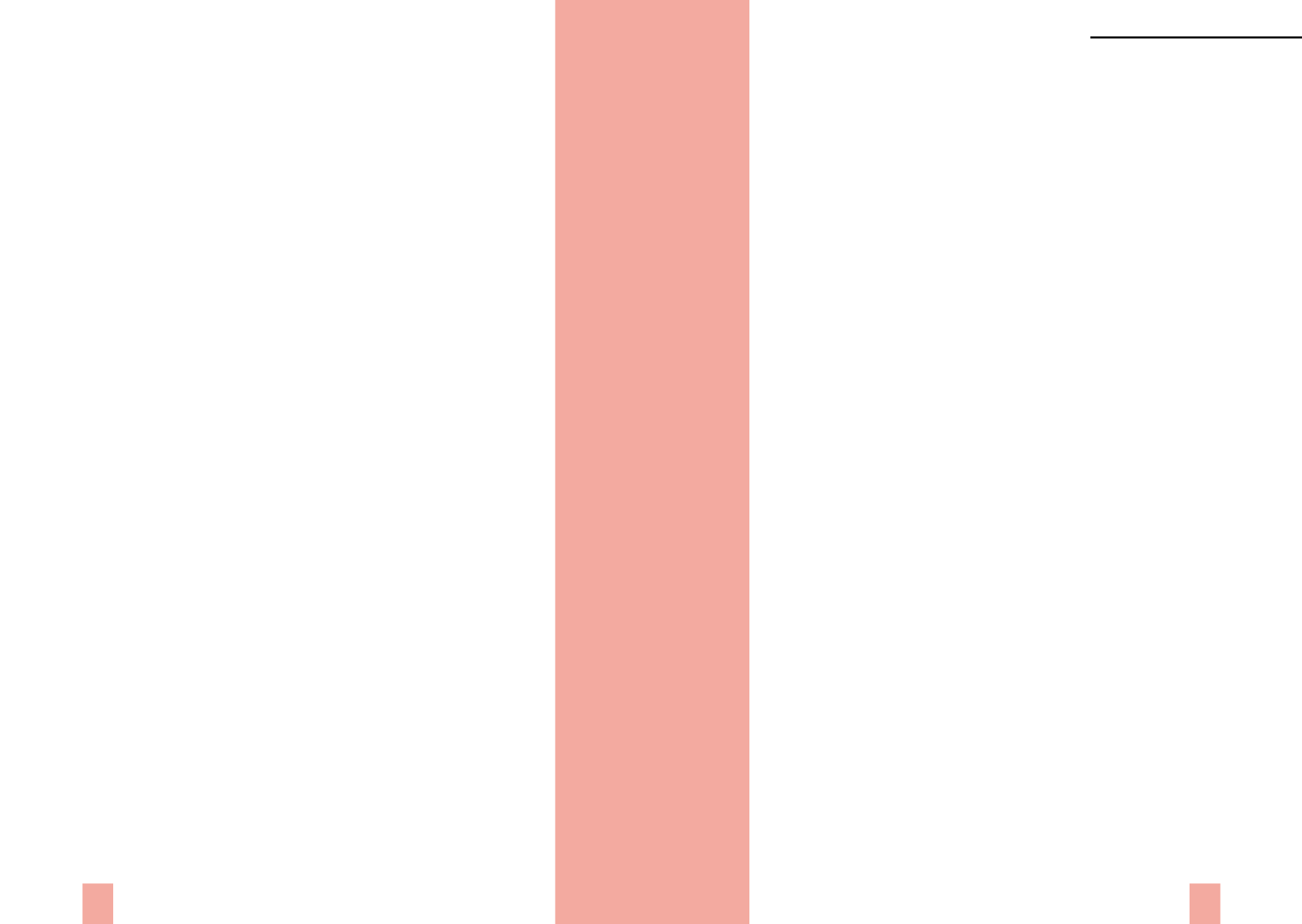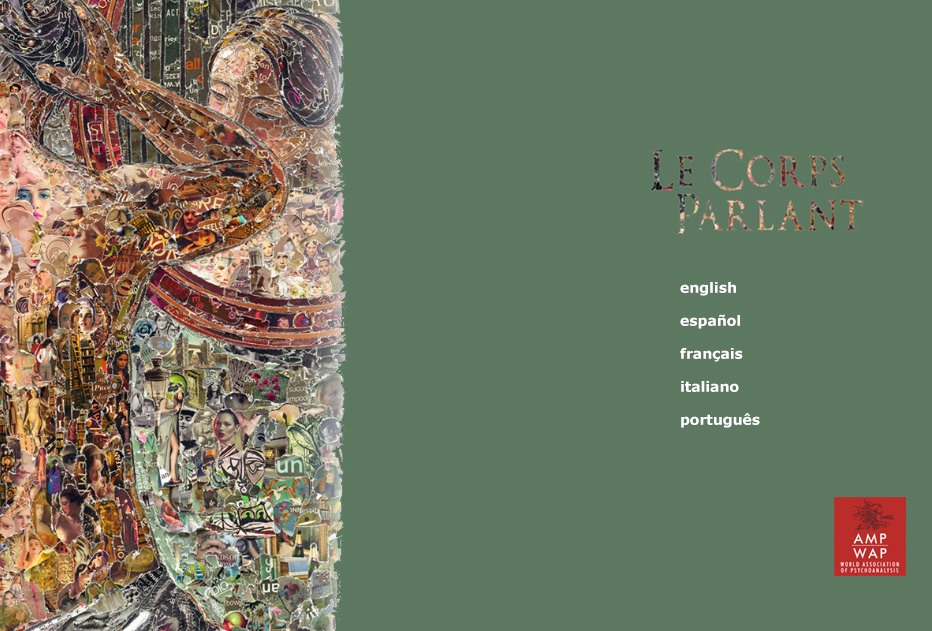

THE SPEAKING BODY
Xth Congress of the WAP,
Rio de Janeiro 2016
499
498
“The Other Without Other” (2013). Trans.: Ph. Dravers [HB 10,
2013]
“These new gadgets and all these apparatuses that occupy us are in fact, in a
properly Lacanian sense, objects of sublimation. They are objects that are added
on: which is exactly the value of the term surplus–enjoyment [
plus–de–jouir
]
introduced by Lacan. In other words, in this category, we not only have objects
that come from the body and are lost for the body, either naturally or through
the impact of the symbolic, we also have objects which reflect these first objects
in various forms. The question here is, are these new objects completely new or
are they merely reconstituted forms of primordial objects
a
?”
p. 27
“Some Reflections on the Psychosomatic Phenomenon”. Trans.: S.
Seth [HB 12, 2015]
“In the same way that the absence of
aphanisis
is the basis for a whole series of
cases, we can find the principle of a whole other series precisely starting from
the consideration that the incorporation of the structure of language has a
specific effect on the body, which is the separation of the body and of jouissance,
a principle that we can call the body’s evacuation, its emptying, and the fact
that this jouissance is reserved in certain zones of the body, said by Freud to be
erogenous. And that leads us to pose the body (…) as a desert of jouissance–
which relates to the hieroglyph in the desert. Here we find ourselves equipped
with a new principle, no longer the absence of
aphanisis
, but what I will call
returned [rentrée] jouissance. This jouissance, normally separated from the body,
is, [in psychosomatic phenomena], returned–it returns to the body.”
p. 137
“The Unconscious and the Speaking Body” (2014). Trans.: A. R. Price
[HB 12, 2015]
“After
The Symbolic Order
… and after
A Real
… we can now expect (…) that
the imaginary should come to the fore. Surely there is no better way for it to do
so than under the heading of ‘the body’, since we find in Lacan the following
equivalence:
the imaginary is the body
. This is not an isolated formula, his
teaching as a whole bears out this equivalence.”
p. 123
“The body conditions everything that the imaginary register accommodates
by way of the signified, meaning and signification, and the image of the world
itself. It is within the imaginary body that the words of a language bring in
representations, which constitute an illusory world for us on the model of the
body’s unity.”
p. 124
“The concept of the speaking body is the join between the Id and the
unconscious. [Lacan] calls to mind how the signifying chains that we decipher
in a Freudian manner are plugged into the body, and they are made up of an
‘enjoying substance’. Freud said that the Id was a great reservoir of libido, and
this moves over to the speaking body which, as such, is enjoying substance. The
objects
a
are taken
from
the body; the jouissance for which the unconscious
labors is drawn from
within
the body.”
p. 130
“An interpretation is an act of
saying
that targets the speaking body and does
so in order to produce an event, in order to provoke a gut-reaction, said Lacan.
This is something that can’t be anticipated, but which is verified retroactively, for
the jouissance-effect is incalculable. (…) When one analyses the unconscious,
the meaning of interpretation is the truth. When one analyses the speaking
body, the meaning of interpretation is jouissance. This displacement from truth
to jouissance set the measure of what analytic practice is becoming in the era of
the
parlêtre
.”
p. 132
III /d Sinthome
III /d.1 The Psychoanalytic Courses
“Pure Psychoanalysis, Applied Psychoanalysis, and Psychotherapy”
(2001). Trans.: B. P. Fulks [LI 20, 2002]
“The later teaching made the
sinthome
its greatest clinical reference, if not the
only one. In the perspective of psychoanalysis outside-meaning, the difference
between pure psychoanalysis and psychoanalysis applied therapeutically is an
inessential difference.
In effect, there is a transmutation which is supported by the rejection of
meaning. It is not to be nasty that Lacan brought in the
sinthome
, but to install
as central in clinical practice an instance in which one no longer differentiates
between symptom and
fantasme
.”
p. 12
“(…) there is another perspective, another angle under which the difference
between the symptom and the
fantasme
fades away. It is the angle Lacan led
us to with the name
sinthome
, using an old graph of the word (…) to include
in the same parenthesis symptom plus
fantasme
.
[
….]
Sinthome
= Symptom +
fantasme
.”
p. 16
Jacques – Alain Miller



















